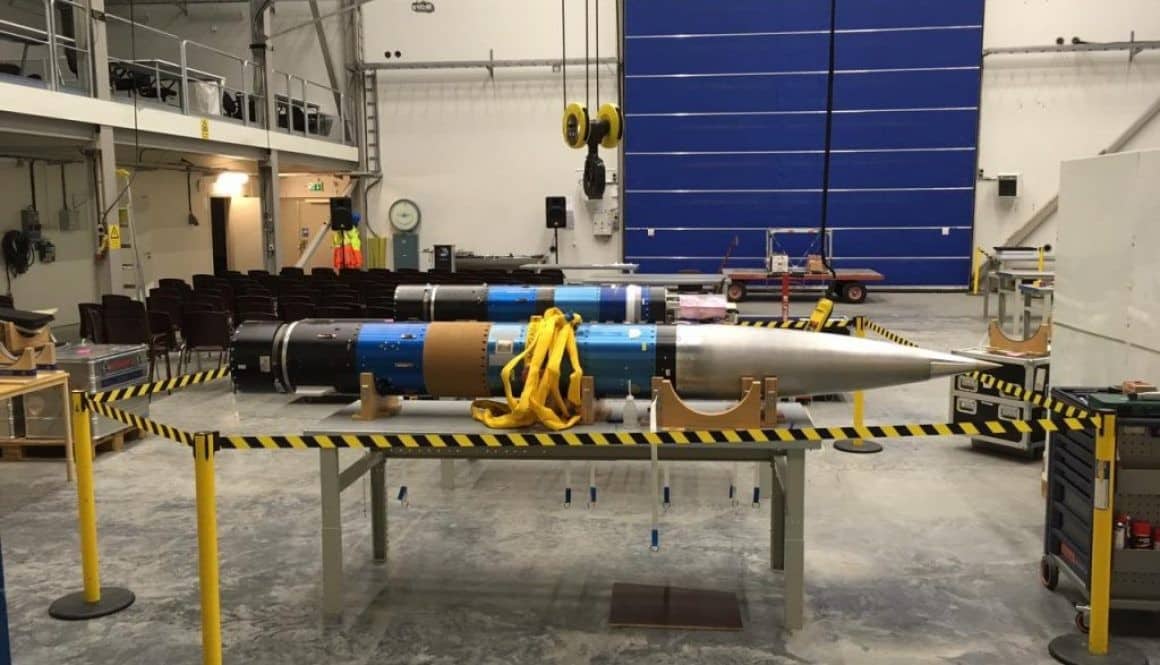
To determine the position of a rocket to within a few centimetres during its entire flight – that is what a team of researchers and students from Eindhoven University of Technology and Radboud University Nijmegen will test during an experimental rocket launch in Sweden between 11 and 14 March. Their method – up to ten times more accurate than GPS – will enable the better adjustment of rockets in flight so that they can return to land in the right place. In time, the method could possibly also be used to trace lost objects at sea, such as the remains of an aeroplane wreck or the lost containers that recently washed ashore on the Wadden Islands.
The experiment of the Eindhoven and Nijmegen teams, called PR3 Space, is one of the projects selected to participate in the European REXUS program, an initiative of the Swedish, German and European (ESA) space agencies, in which two rockets are launched each year, each carrying four to five experiments by student teams from different countries. “We are the first Dutch project ever to get through the selection process,” says project leader and TU/e researcher Mark Wijtvliet.
Fifteen minutes in the air
The rocket will be launched between 5 and 14 March in Esrange, near Kiruna in northern Sweden. The rocket is expected to remain in the air for about fifteen minutes, reaching an altitude of eighty to one hundred kilometres. The goal of PR3 Space is to do two experiments in flight: an accurate positioning and a radiation measurement using telephone cameras. “In addition, this initiative is intended for students to become familiar with space exploration and the respective protocols,” says Hamid Pourshaghaghi, support researcher at Radboud University.
Accurate to a few centimetres
The positioning method they have developed uses a technique called radio-interferometry. This means that radio signals are transmitted from the rocket with three antennas, each at a different frequency. These signals are received on the ground by five ground stations around the launch base. “Based on the phase difference between the incoming signals, we can recognize the location of the rocket,” explains Pourshaghaghi. The location of the rocket is measured 1000 times per second, so it is determined to an accuracy of a few centimetres – up to ten times more accurate than GPS.
Tracking lost objects
“Accurate positioning of rockets is technically difficult because of the high speed of the rocket – up to 1500 meters per second – and a passage through several layers of atmosphere,” says Wijtvliet. “This experiment is interesting for space agencies because it is important for this type of experimental flight to be able to adjust the rocket in time, so that the rocket returns to the desired location.” He believes that the method can be used in the future to track all kinds of objects and persons. “Especially at sea, our method can help to find lost objects.”
Radiation measurement
Besides positioning, the researchers will also have an experiment on the rocket that measures cosmic radiation using telephone cameras. Such cameras, if properly adjusted, can be used to measure ion radiation. “For example, with small satellites, so-called CubeSats of ten by ten by ten by ten centimetres, you could measure the radiation in order to better monitor their lifespan,” says Pourshaghaghi.

